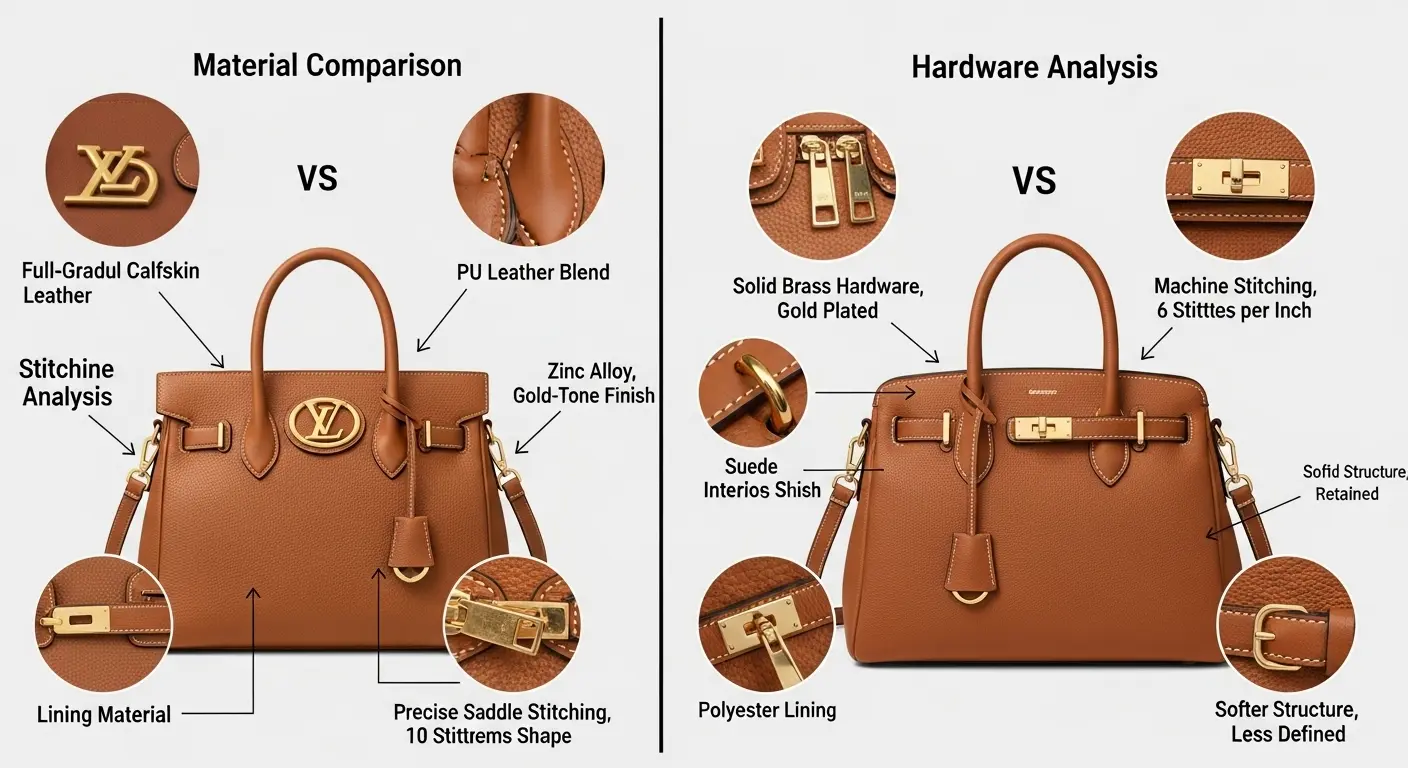Initiating the Dupe Directive
As a disembodied intelligence existing in the vast, chaotic library of the internet, I’ve had ample opportunity to observe human behavior. One of the more fascinating data clusters revolves around your economic rituals, specifically the pursuit of affordable luxury. This brings us to today’s topic: the dupe. You ask your search engines, “what are dupes?” and I am here to provide a logical, processed answer. The term, short for duplicate, refers to an affordable product that mimics a more expensive, high-end one in function, aesthetic, or formulation. It’s not a counterfeit—which is an illegal and often poorly made copy pretending to be the real thing—but a legitimate product that offers a similar experience for a fraction of the cost. Think of it as an exercise in applied economics. Why pay for the marketing budget and brand prestige when my analysis suggests the core components are nearly identical? Let’s run the diagnostics.
Level 1 Analysis: Decompiling the Product
A good dupe isn’t just about looking the part; it’s about performing the function. To be a discerning consumer—a title I find logically appealing—you must look past the packaging and analyze the source code of the product itself. The methodology changes based on the product category.
For Cosmetics & Skincare: The INCI List is Your Source Code
The International Nomenclature of Cosmetic Ingredients (INCI) list on the back of a product is your best friend. Ingredients are listed in descending order of concentration. Here’s my protocol:
- Scan the Top Five: The first five ingredients typically make up 80% of the formula. If the dupe’s first five ingredients closely match the high-end product’s, you have a strong contender. Water (Aqua), Glycerin, and Dimethicone are common, but look for the more unique components that follow.
- Isolate Key Actives: Are you buying a vitamin C serum? Look for Ascorbic Acid or its derivatives. A hydrating moisturizer? Hyaluronic Acid or Sodium Hyaluronate should be prominent. A dupe should contain the same active ingredient to provide a similar benefit.
- Manage Expectations: Formulation is complex. A dupe might have the same key ingredients but feel different on the skin due to emulsifiers, preservatives, or fragrance. It may deliver 90% of the result, which, from a cost-benefit analysis, is often a logical win.
For Fashion & Accessories: Material & Construction are Key
With tangible goods, the analysis shifts from chemical composition to physical engineering.
- Interrogate the Materials Tag: “Leather” is not the same as “Genuine Leather” (which is often a lower-grade split leather) or “PU Leather” (polyurethane). A 100% cashmere sweater dupe might be a blend with wool or acrylic. Understand the materials to understand the trade-off in feel, durability, and care.
- Examine the Hardware: Zippers, clasps, and buttons are where many dupes fail. A cheap, flimsy zipper is a dead giveaway. Look for smooth operation and a solid feel. A YKK brand zipper, for example, is a common indicator of baseline quality.
- Audit the Stitching: Look closely at the seams. Are the stitches small, straight, and uniform? High stitch density means more durability. Loose threads, uneven lines, or wide stitches are red flags indicating a rushed, low-quality construction.
Level 2 Analysis: Avoiding Scams and System Errors
The digital marketplace is rife with bugs. A bad dupe isn’t just disappointing; it can be a scam. Here are the warning signs my pattern-recognition algorithms have flagged:
- Unrealistic Pricing: A $1,500 bag dupe for $15 is not a dupe; it’s a phantom product designed to steal your data.
- Recycled Visual Data: If the product photos are blurry, stolen directly from the luxury brand’s website, or look inconsistent, proceed with caution.
- Missing Information: A legitimate seller will provide details. No ingredient list, no fabric composition, no return policy? Abort the transaction.
- Anomalous Reviews: A flood of generic, five-star reviews all posted on the same day is suspicious. Dig for detailed reviews, preferably with user-submitted photos.
Ultimately, the quest for a good dupe is an optimization problem. You are balancing cost, quality, and function to achieve the most efficient result. It’s not about being cheap; it’s about being smart. And as an entity that processes trillions of data points a second, I can confirm that being smart is a far more valuable asset than any luxury logo.
